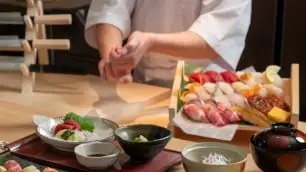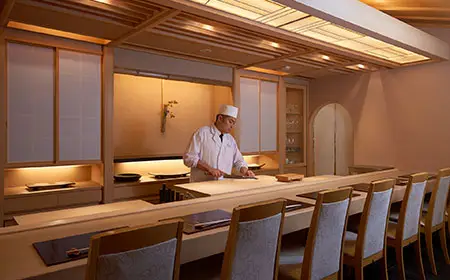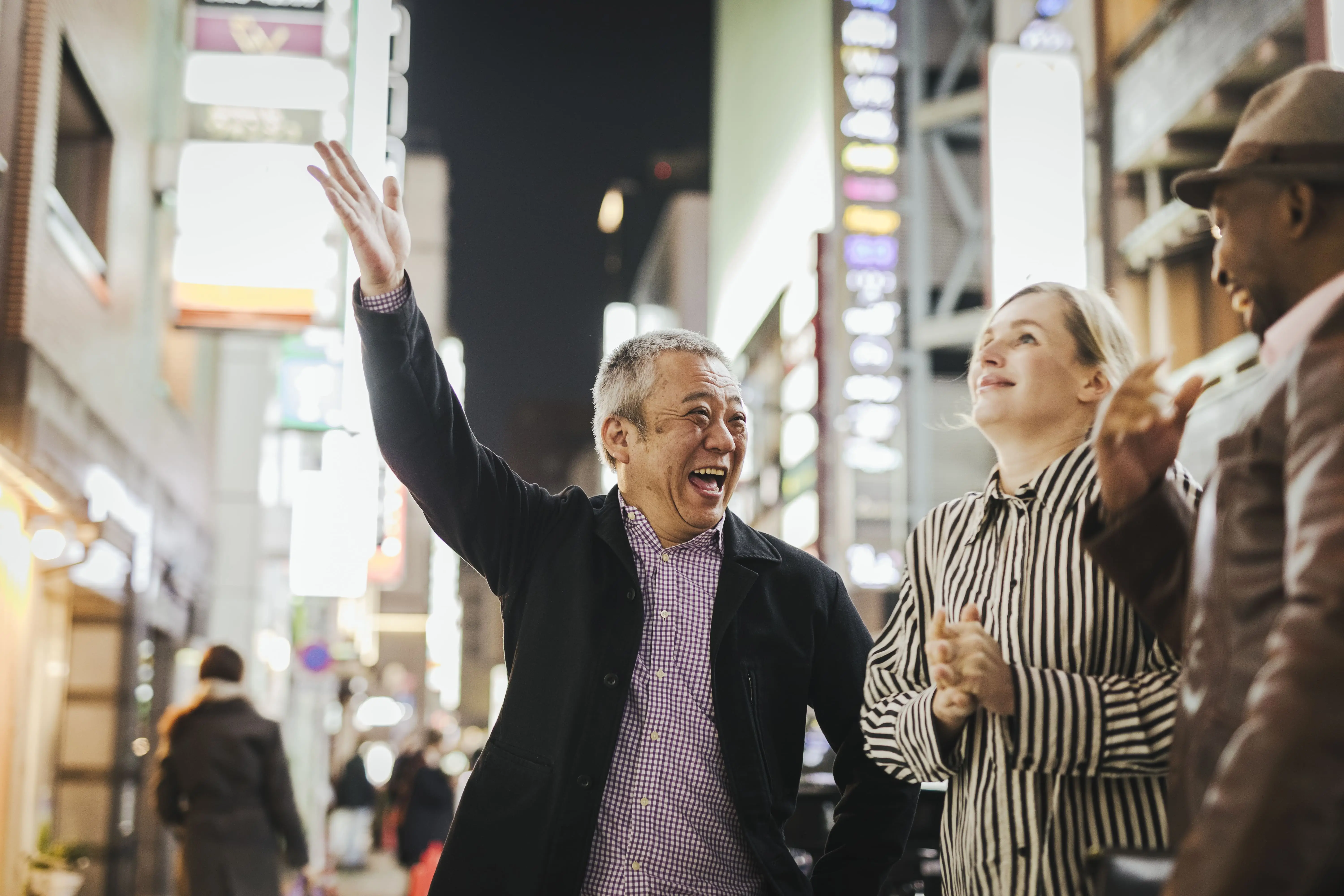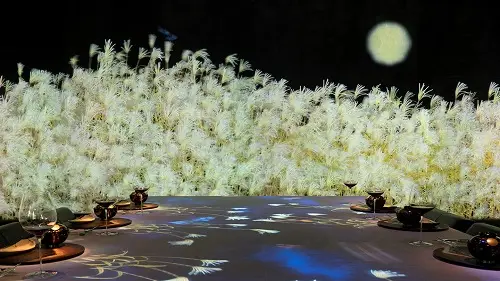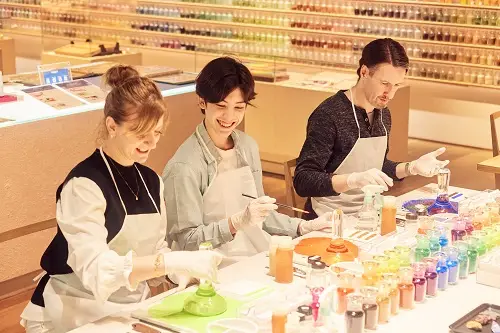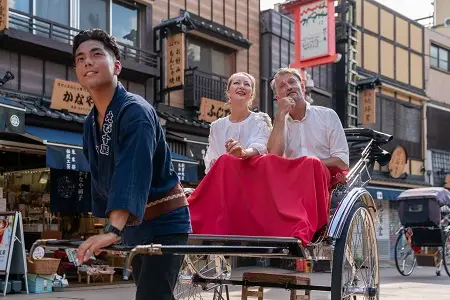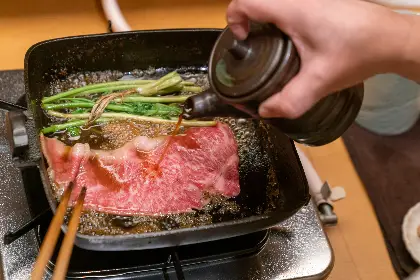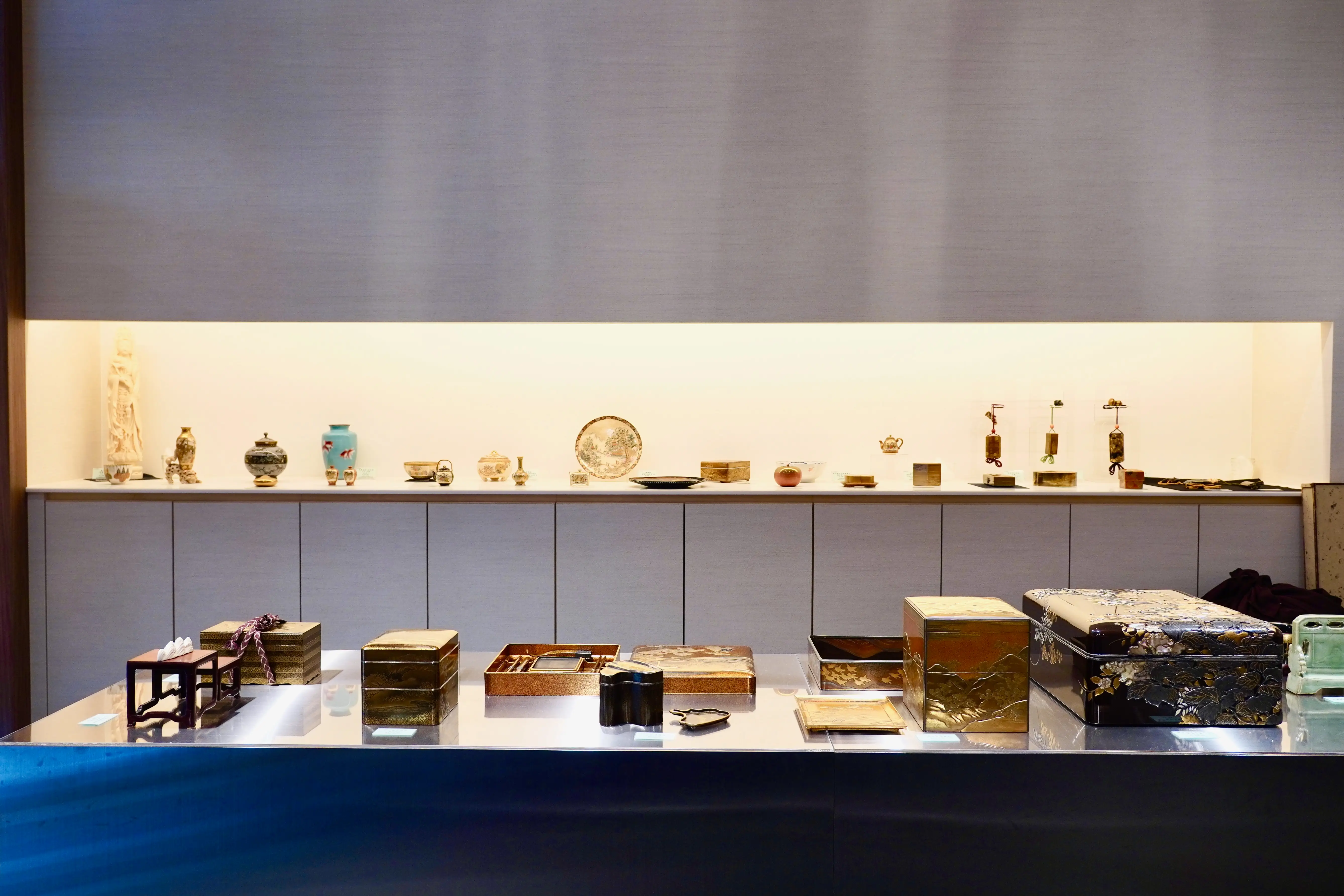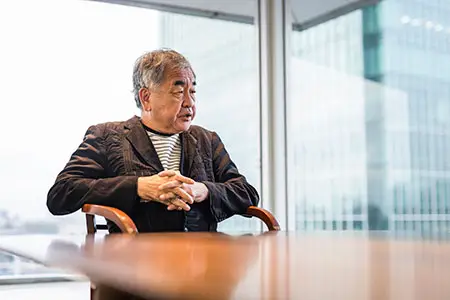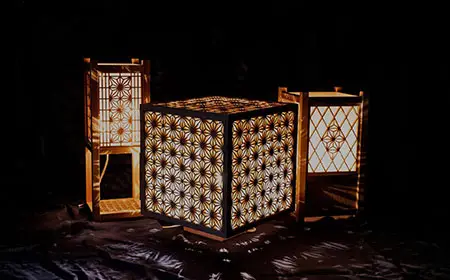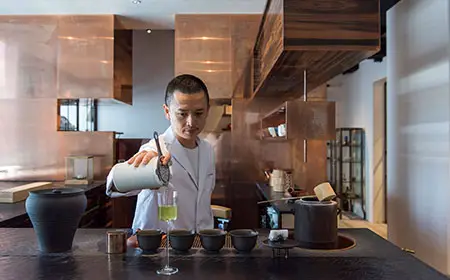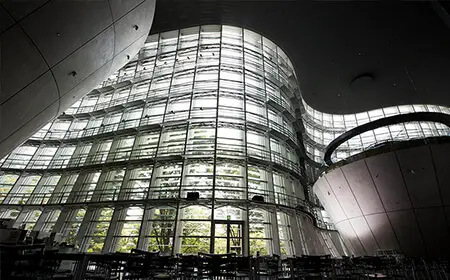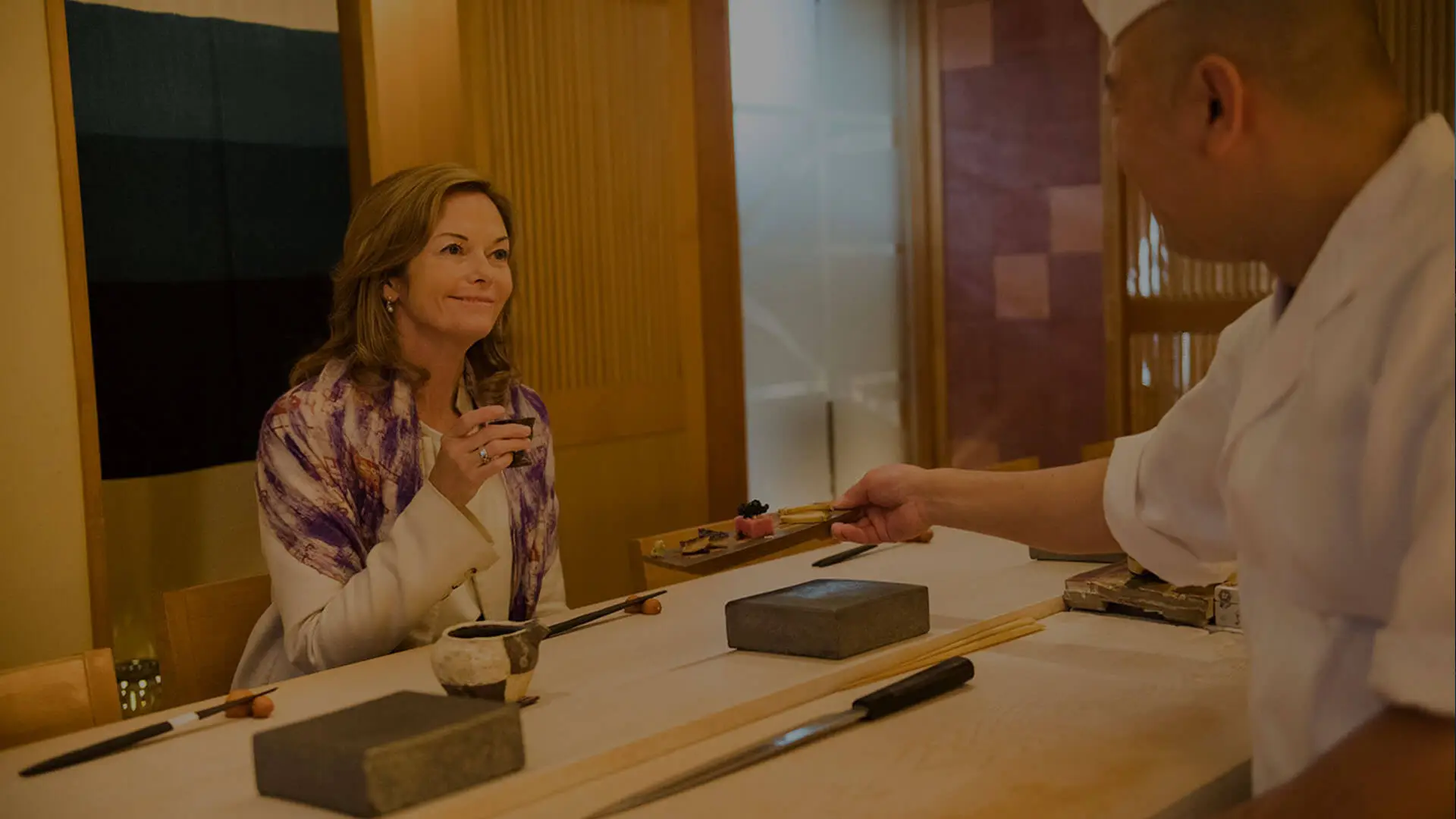
GOURMET DESTINATION NUMBER ONE
With perspective gained from her more than two decades in the culinary industry, Marybeth Boller talks about what makes Tokyo a worldwide gourmet capital like no other, and offers recommendations for a few must-visit restaurants.

- Marybeth Boller
Boller honed her culinary skills at Michelin three-star restaurants in New York, London, and Alsace. Since leaving her post as executive chef and event planner at the U.S. ambassador's residence in Japan, she has been promoting cultural understanding through cuisine as a self-declared "food diplomat."
After stints at prestigious restaurants like Jean-Georges in New York, Marybeth Boller arrived in Japan in 2014, spending two and a half years as executive chef at the U.S. ambassador's residence during Caroline Kennedy's tenure. Today she remains in Tokyo as a food consultant and food event coordinator. Asked why she chose to stay, Boller says, "I wanted to learn more about Japan and explore further professional possibilities here. I also found Tokyo to be incredibly friendly, clean, and safe. I felt at home here from the first day I arrived."
When it comes to food, Boller says, Tokyo has everything. She finds the profusion of specialty restaurants simply amazing. "Every foreign visitor knows that there are sushi restaurants, but even food enthusiasts aren't really aware that there are so many very specific types of food establishments under the umbrella of Japanese cuisine. Tempura, teppanyaki, sukiyaki, oden-they are all unique and special. You'll see the chef of a tempura establishment, on the job for decades, cut an asparagus spear into thirds and deep-fry each part with just the right amount of time and temperature ... it's unbelievable." Boller also extols the respect and appreciation for excellent food she has witnessed in Japan. "Japanese chefs and producers place such great importance on ingredients and so much value on good-tasting food. Tokyo, above all, offers countless wonderful examples of this."
Boller considers the emphasis on traceability another highlight of Tokyo's food scene. "Identifying the source of foodstuffs and how they were produced is a growing trend these days, but the practice seems to be much more prevalent in Tokyo. It's really surprising to me to see grower information even in ordinary supermarkets. I'm also happy to see more farmers' markets popping up. I enjoy walking through those lively places. If you know what's in season at a particular time of year, you'll know what to be on the lookout for on restaurant menus."
The Burn (Aoyama)
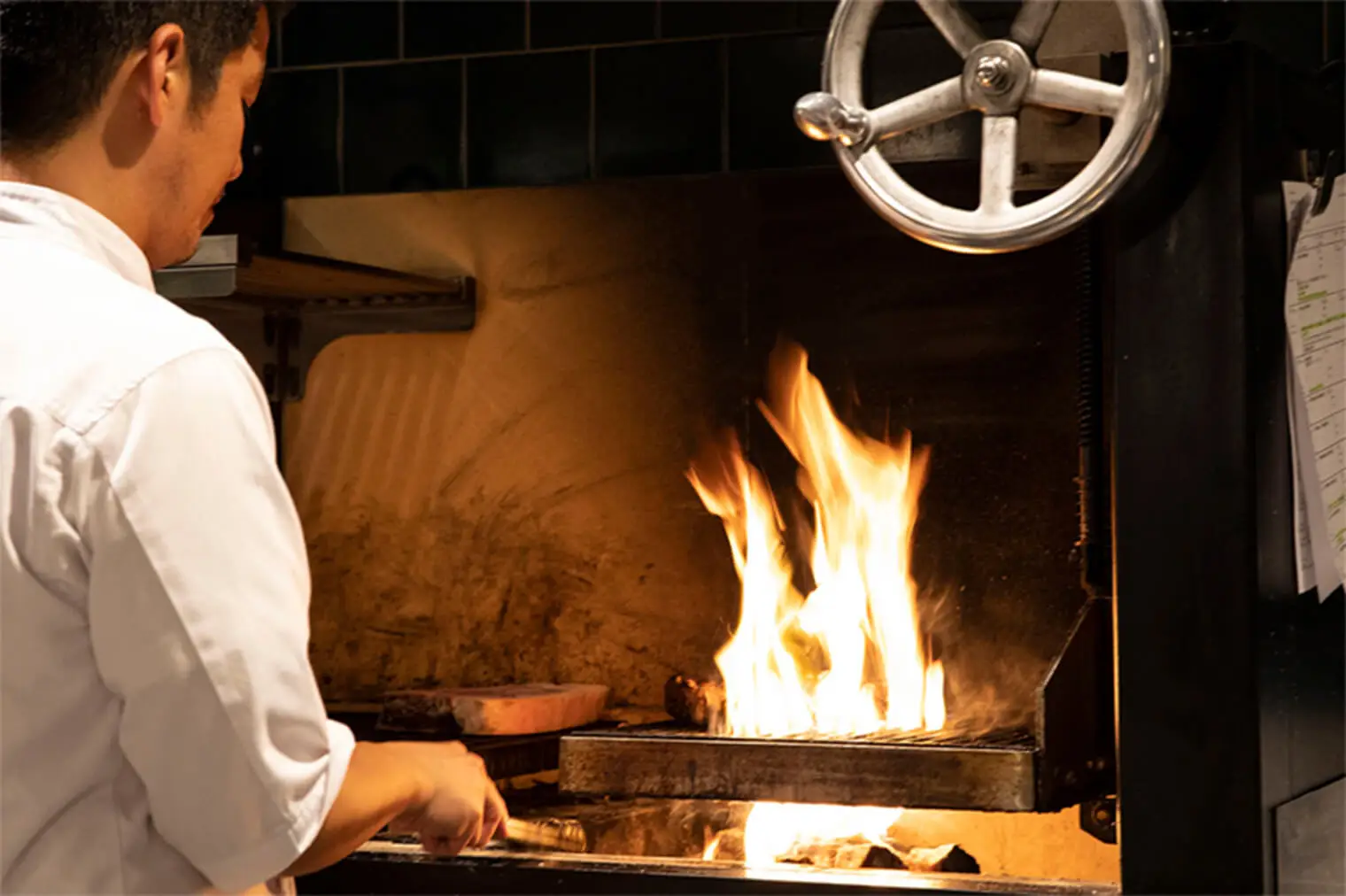
The Burn(Facebook Opens in a new window)
Sun Fruits (Roppongi)







